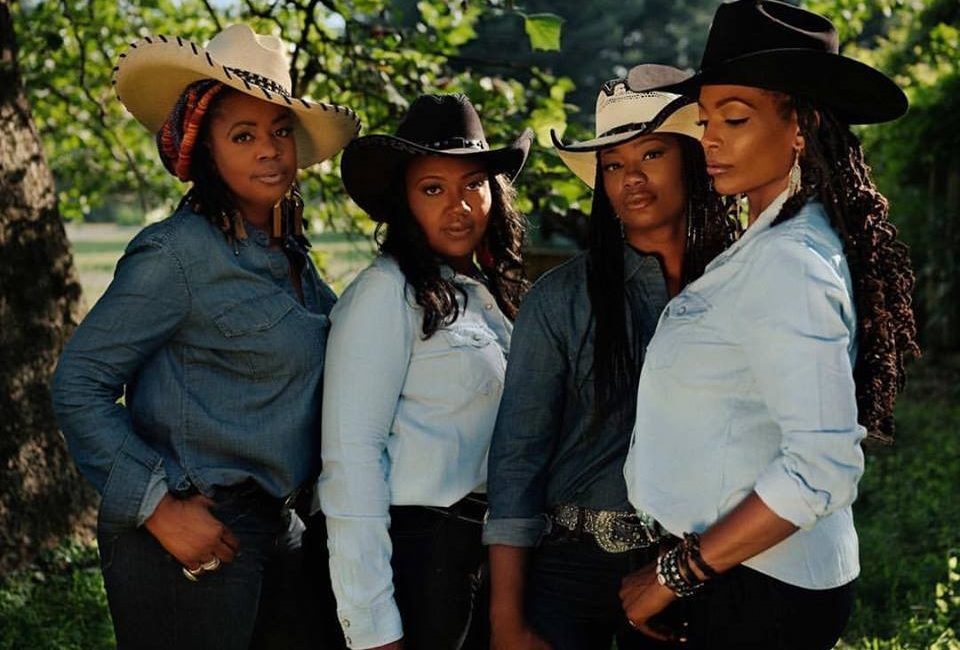
When asked what it’s like to be a Cowgirl of Color, Selina “Pennie” Brown doesn’t talk about the thrill of riding in a rodeo or the camaraderie she shares with the other members of her history making rodeo team. Instead, she talks about something that happened while she was on her way to the arena, where she was scheduled to take part in a relay race.
“My head was in the game. I was just psyching myself up to compete and to win,” Brown said. “Then I see this little girl walking up to me and she asks me for my autograph. That never happened to me before; it was amazing. It took what we are doing to a whole other level for me, knowing there were young girls out there who looked up to us that way.”
Unlike a lot of professional rodeo riders of any color, Brown didn’t grow up dreaming of one day riding her horse in competition, she didn’t even dream of owning a horse.
“I grew up in [Washington] D.C.,” she said. “About the only time I saw a horse was if a policeman rode by on one and even then, I couldn’t understand the point of it. Who rides a horse in D.C.?”
Brown’s journey from city girl to cowgirl began when some African American cowboys she’d met through mutual friends asked her if she would like to be part of an all-female, all Black rodeo team they were putting together.
“I told them straight out, I had no experience with horses and they said that was OK. They’d teach me,” she explained. “I was still hesitant, but I’ve been an athlete all my life so eventually the challenge of doing something new like this was too strong to pass up. I had to see if I could do it. And I could, although it took a while for me to do it the right way.”
As it turned out, riding the horse as fast as she could, and staying in the saddle while she was doing it was not the biggest challenge Brown faced as she started learning the ropes of her new sport. First there was the challenge of understanding that her partner in the rodeo wasn’t just the other Cowgirls of Color; there was a big, strong, and independent animal under her saddle that had to be taken into consideration in any move she made. Sometimes they moved together like the clockworks in a finely tuned Swiss watch. Sometimes it was just the opposite.
“At first, I would ride whatever horse they gave me and hope for the best,” Brown said. “That’s ok if you’re practicing, but I learned that when it comes to training for a competition you need to ride the same horse day after day so you get to know each other.”
And then there was also the challenge of becoming part of what she called the “cowboy culture.”
“We’re women of color in a world that doesn’t have many women or people of color in it, so it took a while to be accepted,” Brown admitted. “The crowds loved us from the start, but we needed the respect of the other rodeo competitors if we wanted to be a real part of the competition and not just seen as a novelty act.”
Gaining respect from the established rodeo world took a while, Brown admitted, but eventually the Cowgirls of Color team heard words almost as impressive as those spoken by the little girl asking for Brown’s autograph.
“You do all that work and all that riding, and then one day you hear it,” she said. “One of the men who is a legend in the cowboy community made a point of coming up to the team at the rodeo and saying, ‘nice ride.’ That let us know we’d earned our place at the table.”


